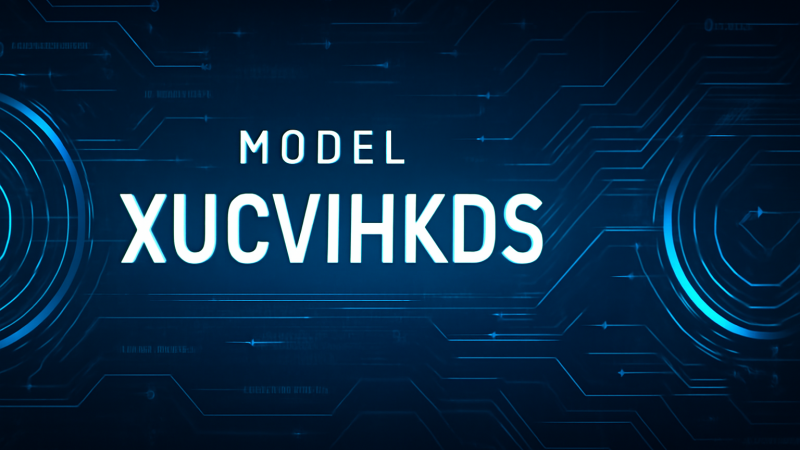What is React – A JavaScript library

You’ve probably heard about React by now. As per the “State of JavaScript 2020” survey, React is the most popular JavaScript flavor. Since its inception, it has dominated the front-end development space, and react is now used on over 220,000 live websites. Not only that, but industry leaders such as Apple, Netflix, Paypal, and many others have already begun to use React JS in their software applications.
But, if you’re not yet sure what the purpose is, let’s look at what React is and how it operates.
What is React?
React is a JavaScript framework often used to create software that constantly replenishes data on its user interface. This approach eliminates the requirement to reload the entire screen and process every single line of code. React JS helps design components written in JavaScript, the well-known scripting language used to create dynamic apps and interfaces. When you’re using an app continually changing its data, React was most likely made with JavaScript.
Evolution of React
A software engineer Jordan Walke at Facebook created this highly regarded technology. They focused on creating React JS widely available and introducing it to the world as a JavaScript library for building user interfaces (UI). He gave it the name “FaxSJ.” The company Facebook then chose to use it to improve and optimize its mobile app.
Why is React known as a JavaScript Library?
React is a JavaScript library since it is primarily used to develop, store, and use JavaScript applications. It allows users to avoid unnecessary writing of the same script manually over and again by selecting what you require and applying it effectively to your code. It can be viewed and interpreted metaphorically as a script library. If you want to create highly dynamic apps and websites quickly, here is the place to be.
As long as the code is compatible, you can utilize React’s library to add pre-written functions, add-ons, and scripts to customize any code you’re dealing with. This technology is such a thriving open-source code, making it easier to receive support and guidance from those other users if required. New scripts can be found on the internet (or on React’s website) and added to your library.
Why React?
The key question that now comes in front of us is why anyone should use React. There are numerous open-source systems for making front-end app development more accessible, such as Angular. Let’s look here at the benefits of React over other competing technologies or frameworks. With the front-end world evolving daily, it’s challenging to spend time learning a new framework – especially when that framework could eventually become a dead end. With so many firms utilizing React JS, including some of the world’s most recognizable brands, React must be providing some remarkable benefits.
There are numerous advantages to using React JS. Let’s look at the main advantages of React JS to see why it’s superior to other front-end development frameworks.
1. Simplicity
ReactJS is easier to grasp right away. Because of its component-based architecture, well-defined lifecycle, and use of only plain JavaScript, React is incredibly easy to understand, build great online (and mobile) apps, and support. React employs a unique syntax known as JSX, which allows you to blend HTML and JavaScript. It is not required; developers can still write in plain JavaScript, although JSX is more user-friendly.
2. Simple to learn
Anyone with basic programming knowledge can learn React. Still, Angular and Ember are touted as ‘Domain-specific Languages,’ meaning they are harder to master. To reach this, you only need a basic understanding of CSS and HTML.
3. Native approach
React may be used to build mobile applications (React Native). And because React is a strong supporter of reusability, considerable code reusability is provided. As a result, we can create iOS, Android, and Web applications all at once.
4. Data binding
React employs one-way data binding, and an application architecture known as flux manages the data flow to modules via a single control point known as the dispatcher. Self-contained modules of large ReactJS apps are simpler to debug.
5. Performance
React lacks the concept of a built-in dependency container. You can utilize Browserify, Require JS, EcmaScript 6 modules, which we can leverage via Babel, and ReactJS-di to inject dependencies automatically.
6. Testability
ReactJS applications are extremely simple to test. We can play with the state we supply to the ReactJS view, examine the output, associated actions, notifications, and operations.
React features
- JSX – JSX is a syntactic extension for JavaScript. It is not required to use JSX in React programming. However, it is highly recommended.
- Components – These are the foundation of React. You must consider everything as a component. It will assist you in maintaining the code when working on complex projects.
- Linear data flow and flux – React uses one-way data flow, making it simple to reason about your app. Flux is a trend that aids in the unidirectional flow of data.
- License – React is licensed under the terms of Facebook Inc. The documentation is published under the Creative Commons Attribution 4.0 International License.
Conclusion
React is the world’s most popular JavaScript UI library for developing modern applications. React and other frameworks distinguish React’s robust capabilities and concepts, such as JSX, virtual DOM, and components.
You don’t have to bother about libraries at first when understanding React. First, learn the fundamentals of React and how it differs from other frameworks and libraries. After a few barebones projects, you’ll feel the urge to use specific libraries to advance. Numerous libraries can tackle almost any problem, so choose one with excellent documentation to get you started.
React has a larger community than competing libraries such as Angular and Vue. The job market for people who wish to learn React appears promising, with many available positions. The path to mastering the React framework is not easy, but it is rewarding in the end. React is a technology that offers plenty of opportunities that enables individuals who learn it to become great developers. Visit this site to find out details about hiring an experienced React developer.






